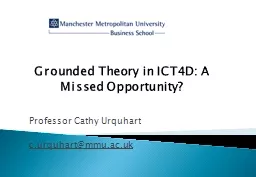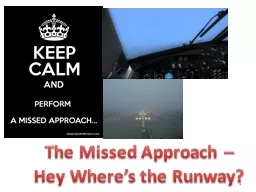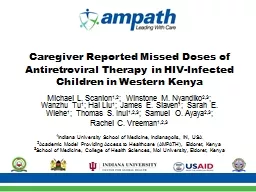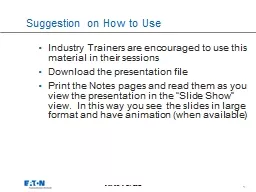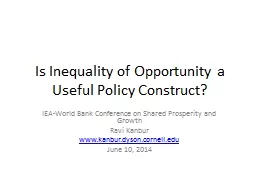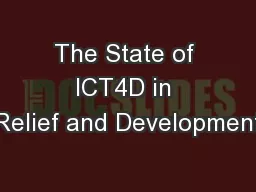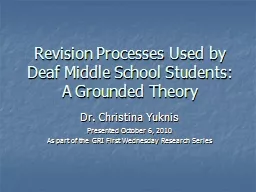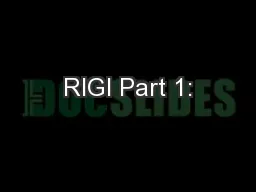PPT-Grounded Theory in ICT4D: A Missed Opportunity?
Author : briana-ranney | Published Date : 2017-11-06
Professor Cathy Urquhart curquhartmmuacuk Overview Introduction What is Grounded Theory Method GTM Defining GTM Two examples of use in ICT4D Assessing the potential
Presentation Embed Code
Download Presentation
Download Presentation The PPT/PDF document "Grounded Theory in ICT4D: A Missed Oppor..." is the property of its rightful owner. Permission is granted to download and print the materials on this website for personal, non-commercial use only, and to display it on your personal computer provided you do not modify the materials and that you retain all copyright notices contained in the materials. By downloading content from our website, you accept the terms of this agreement.
Grounded Theory in ICT4D: A Missed Opportunity?: Transcript
Download Rules Of Document
"Grounded Theory in ICT4D: A Missed Opportunity?"The content belongs to its owner. You may download and print it for personal use, without modification, and keep all copyright notices. By downloading, you agree to these terms.
Related Documents

